Emergence of Edge Computing Solutions
The emergence of edge computing solutions is significantly impacting the fpga in-telecom-sector market in Germany. As the demand for real-time data processing increases, telecom operators are looking to deploy edge computing architectures that minimize latency and enhance service delivery. FPGAs are well-suited for edge computing applications due to their ability to process data locally, thereby reducing the need for data to travel to centralized data centers. This trend is expected to drive the adoption of FPGAs in various telecom applications, including IoT and smart city initiatives. Market analysts predict that the edge computing market will grow to €3 billion by 2027, indicating a robust opportunity for FPGA integration in telecommunications.
Growing Focus on Network Virtualization
The fpga in-telecom-sector market is witnessing a growing focus on network virtualization, which is reshaping how telecommunications services are delivered. Virtualization allows for the decoupling of hardware and software, enabling more efficient resource utilization. FPGAs play a pivotal role in this transformation by providing the necessary processing power to handle virtualized network functions. As telecom operators in Germany increasingly adopt software-defined networking (SDN) and network functions virtualization (NFV), the demand for FPGAs is expected to rise. Industry reports suggest that the market for network virtualization solutions is anticipated to reach €5 billion by 2026, further underscoring the importance of FPGAs in this evolving landscape.
Rising Demand for High-Speed Data Transmission
The fpga in-telecom-sector market in Germany is experiencing a notable surge in demand for high-speed data transmission solutions. This demand is primarily driven by the increasing reliance on data-intensive applications, such as cloud computing and video streaming. As organizations seek to enhance their network capabilities, FPGAs offer the flexibility and performance required to support these applications. According to recent data, the market for high-speed data transmission is projected to grow at a CAGR of approximately 15% over the next five years. This growth is likely to propel the adoption of FPGAs, as they can be customized to meet specific bandwidth requirements, thereby positioning them as a critical component in the evolving telecommunications landscape.
Increased Investment in Research and Development
Investment in research and development (R&D) within the fpga in-telecom-sector market is on the rise in Germany, driven by the need for innovative solutions to meet the demands of modern telecommunications. Companies are allocating substantial resources to develop advanced FPGA technologies that enhance performance, reduce power consumption, and improve overall efficiency. This trend is supported by government initiatives aimed at fostering innovation in the tech sector, with funding programs totaling over €1 billion dedicated to R&D in telecommunications. As a result, the fpga in-telecom-sector market is likely to benefit from the introduction of cutting-edge products that can address the evolving needs of telecom operators.
Advancements in Telecommunications Infrastructure
The ongoing advancements in telecommunications infrastructure in Germany are significantly influencing the fpga in-telecom-sector market. With the rollout of next-generation networks, including 5G, there is an increasing need for adaptable and efficient hardware solutions. FPGAs are uniquely suited to address the challenges posed by these advancements, as they can be reconfigured to support various protocols and standards. The German government has invested heavily in enhancing its telecommunications infrastructure, with an estimated budget of €10 billion allocated for this purpose. This investment is expected to create a favorable environment for FPGA adoption, as telecom operators seek to upgrade their systems to meet the demands of modern communication.


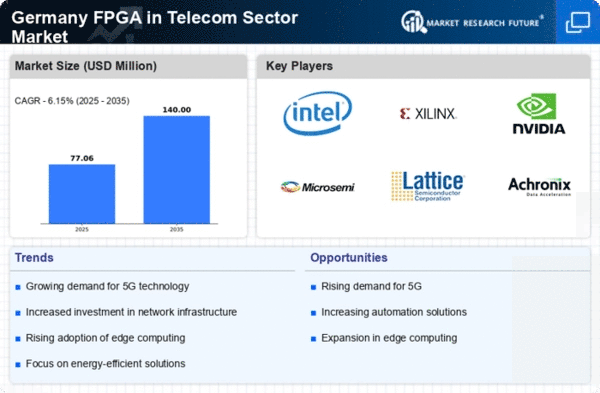
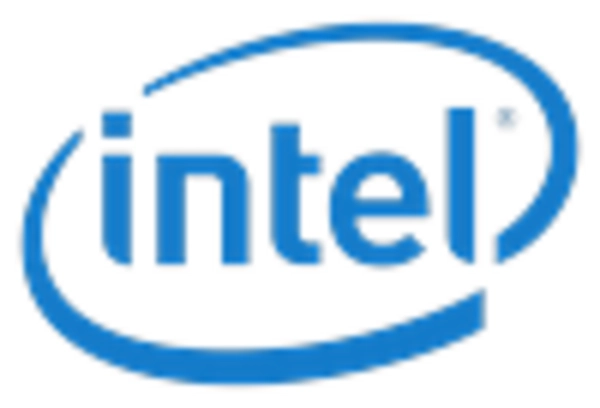
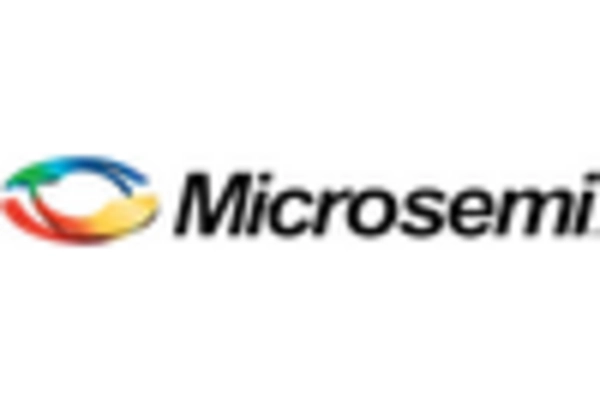
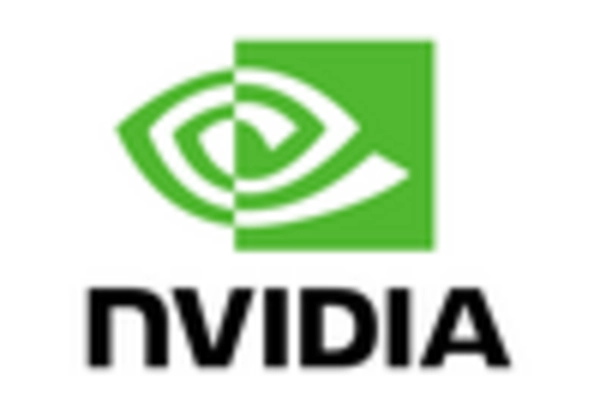
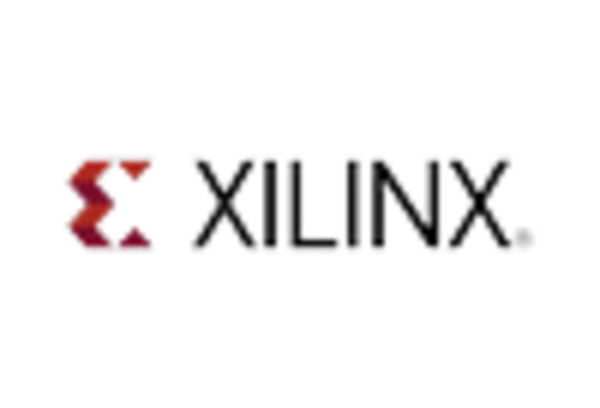








Leave a Comment